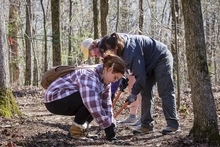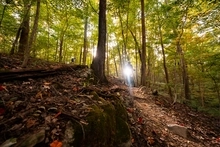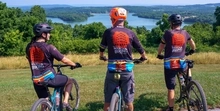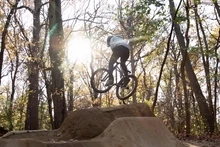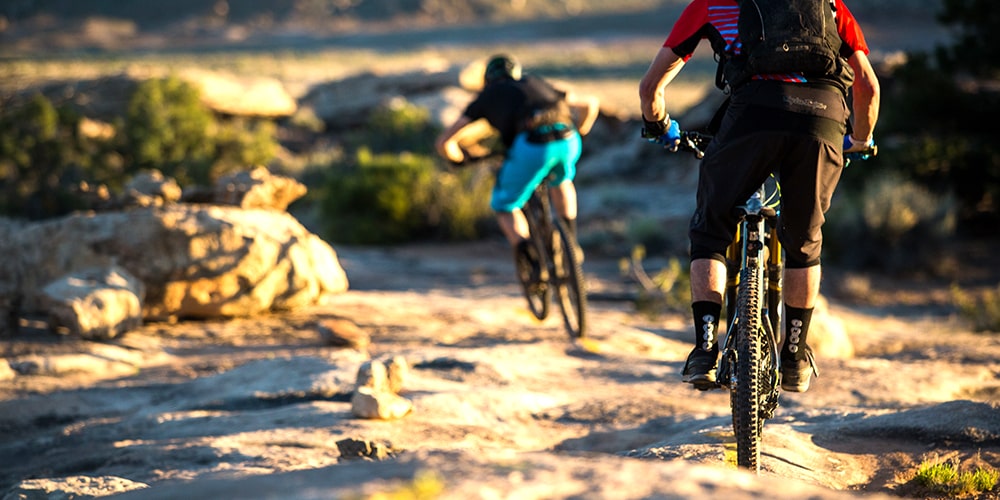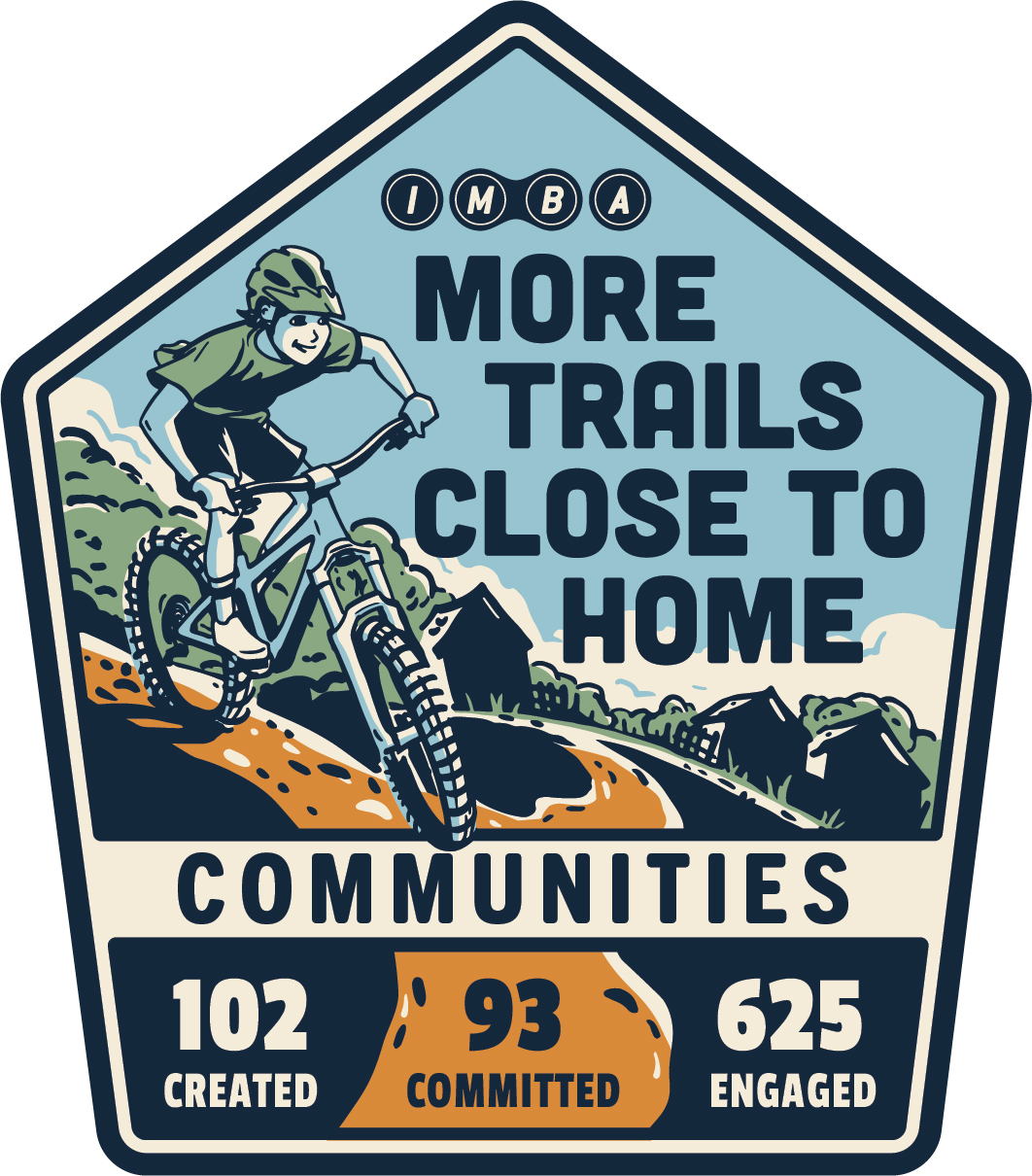Green Trails, Greenways, and an Ecosystem of Trails
Whether you started mountain biking to keep fit and get outside during the pandemic or you’ve been riding for years, it is likely that you have thought about or maybe even engaged in trail advocacy. Who built these trails? Where does money for these facilities come from? How can I get more trails in my area? These are all questions that can be answered through advocacy.
Anyone can become an advocate. Most mountain bike advocates are riders, but other members of the community such as families, civic groups, business owners, and local officials can also engage in activities to influence public support around access, funding, and better trail experiences for all.
Here are some things you can do to bolster your mountain bike advocacy efforts.
1. Join your local trail organization
It is much easier to carry out an effective advocacy campaign through an organization with resources and trusted partners. There is power in numbers, and working through an established organization or coalition helps give your advocacy efforts more credibility. Your local trail organization or IMBA Local Chapter is a good place to start. Additionally, grants are often available to organizations rather than individuals.
Read about how a community of riders partnered with their local trail organization to save beloved trails in the Frederick Watershed in Maryland.

2. Find out the plan
Oftentimes, states and land management agencies already have plans in place. Knowing the outdoor recreation priorities in your area and what resources are available is helpful in planning your own advocacy efforts. Knowing when these plans are due for an update will allow you to engage early and be an active voice in the planning process.
SCORP
The Statewide Comprehensive Outdoor Recreation Plan (SCORP) is a document that identifies outdoor recreation issues and evaluates the supply and demand for outdoor recreation in a state. The plan guides officials as they develop and expand outdoor recreation opportunities for their constituents. All 50 states must produce a SCORP on a consistent basis, usually on a five-year cycle, in order to be eligible for certain funding. Find your state's SCORP.
Land-specific plans
Each land management agency will have their own plan. If you ride or steward trails on public land, it’s important to know what agency manages that land.
The Bureau of Land Management develops Land Use Plans to help them determine appropriate multiple uses for the public lands. These Land Use Plans are kept up to date through plan maintenance actions, plan amendments, or plan revisions. The US Forest Service is required to renew land management plans for specific forests at least every 15 years. State and city parks will also have their own planning documents and phases. All these planning processes will have a public input phase, and this is when you can weigh in and make the case for more trails, access, and funding.
Read about how IMBA Local Chapter Santa Fe Fat Tire Society engaged in the forest planning process to protect and increase riding experiences in the Santa Fe National Forest.

3. Connect with your Office of Outdoor Recreation
The Office of Outdoor Recreation (OREC) serves as the state lead for outdoor recreation. An OREC can be involved in economic development initiatives, education, stakeholder outreach, and conservation and stewardship of public lands. There are currently 18 states with ORECs, and each of these offices are created through a variety of pathways and are funded differently. Engaging with your OREC can help you align with larger goals, develop relationships with partners, and access resources available to groups already doing work in outdoor recreation.
Learn more about ORECs and find out if your state has one.
4. Familiarize yourself with funding sources
Knowing which grants your projects are eligible for, as well as when and how to apply will help you net the funding you need. With so many grants out there, it’s helpful to narrow your options down to which grants are relevant to your work. You can do this by project topic, the portion of the population you are serving (i.e. youth, adaptive cycling, general public), or the type of grant (loan, matching funds, technical services, etc).
These briefs provide a guide on federal funding available for trails. Grants.gov is also a helpful platform for keeping track of federal funding opportunities and getting guidance for writing grant applications. IMBA Local Partners have access to GrantStation, a platform which helps users identify potential funding sources for programs or projects and provides resources to mentor organizations through the grant seeking process.
5. Stay in the know
Let the information come to you by signing up for email updates from land management agencies, government offices, funders, and other organizations pertinent to your work. For example, the US Forest Service has a quick subscribe platform which allows you to sign up for email notices on specific forest systems, projects, management initiatives, and other topics. Subscribing to relevant websites and newsletters can also help you stay abreast of opportunities and issues affecting mountain biking and your local trails.
IMBA will be launching a quarterly Advocacy Newsletter to help individuals and organizations navigate through the world of mountain bike advocacy.


